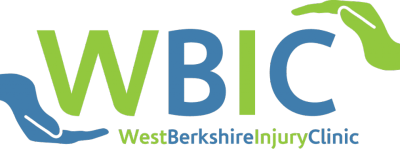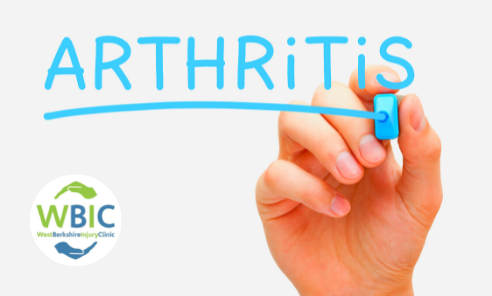I often have patients come into practice telling me they probably ‘just have arthritis’. Whilst arthritis is a common condition it seems to be considered as a necessary evil of getting older by many. A lack of information on this condition results in people putting up with pain unnecessarily and not taking action to manage it.
What is Arthritis?
Arthritis is a common condition that causes pain and inflammation in a joint.
In the UK, more than 10 million people have arthritis or other, similar conditions that affect the joints.
The condition affects people of all ages, including children.
There are more than 100 different types of arthritis. The two most common types are Osteoarthritis and Rheumatoid Arthritis.
Osteoarthritis
Osteoarthritis is the most common type of arthritis in the UK, affecting nearly 9 million people.
It most often develops in people in their mid-40s or older.
It’s also more common in women and people with a family history of the condition.
But it can occur at any age as a result of an injury or be associated with other joint-related conditions, such as gout or rheumatoid arthritis.
Osteoarthritis initially affects the smooth cartilage lining of the joint. This makes movement more difficult than usual, leading to pain and stiffness.
Once the cartilage lining starts to roughen and thin out, the tendons and ligaments have to work harder.
This can cause swelling and the formation of bony spurs called osteophytes.
Severe loss of cartilage can lead to bone rubbing on bone, altering the shape of the joint and forcing the bones out of their normal position.
The most commonly affected joints are those in the:
- hands
- spine
- knees
- hips
Rheumatoid Arthritis
In the UK, rheumatoid arthritis affects more than 400,000 people.
It often starts when a person is between 40 and 50 years old. Women are 3 times more likely to be affected than men.
In rheumatoid arthritis, the body’s immune system targets affected joints, which leads to pain and swelling.
The outer covering (synovium) of the joint is the first place affected.
This can then spread across the joint, leading to further swelling and a change in the joint’s shape. This may cause the bone and cartilage to break down.
People with rheumatoid arthritis can also develop problems with other tissues and organs in their body.
What Can We Do?
Both types of arthritis can be helped through a combination of manual therapy and specific exercise.
Treatment involves helping to improve the range of movement and ensure that the muscles are able to support the joints appropriately as well as managing pain.
If you are struggling with joint pain, give us a call at WBIC (Tel: 01635 904542 or book line by clicking HERE) and let’s see what we can do to help.
—oOo—

